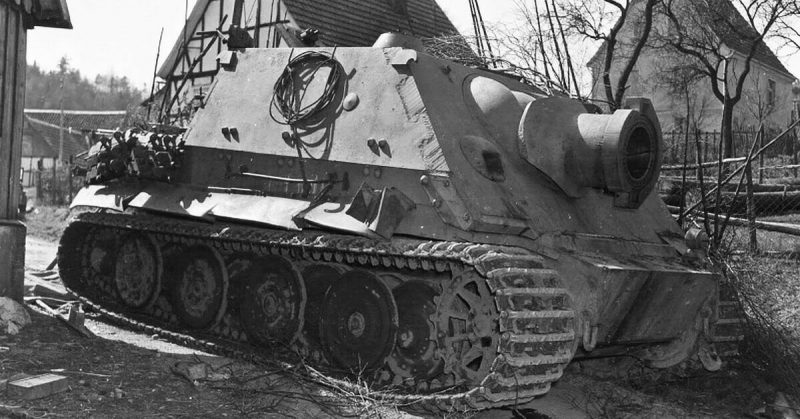The Sturmtiger (‘Assault Tiger’) was an assault gun used by the Germans during World War II. It was built to support troops fighting in towns and cities. They were effective in close combat with armored vehicles and infantry, and provided heavy firepower.
The origin of this powerful weapon lies in the Battle of Stalingrad, which was fought from the 23rd of August 1942 until the 2nd of February in the following year. This monumental engagement saw hundreds of thousands of soldiers dying on both sides, as Nazi Germany and their allies fought to gain control of this Russian city. The Soviet forces, understanding that they faced an incredible challenge, mustered practically everyone in the area who was strong enough to bear arms and join the battle.
Following a decisive Soviet victory and a crushing defeat for the Nazis, the German military took stock and began to see the advantage of a heavy infantry support vehicle with the capacity to quickly destroy enemy fortifications and garrisoned buildings. Having this kind of equipment on their side would allow them to fight much more effectively in tight urban environments, such as Stalingrad.
There were some weapons and vehicles at the time that could have fulfilled this role in a limited capacity, such as the Sturm-Infanteriegeschütz 33B, mounted with a 15cm sIG 33 heavy infantry gun. This was the only real example of this kind of machinery in Germany’s arsenal, and they lost twelve of them during the battle for control of Stalingrad.
The answer was the Sturmtiger, mounted on a Tiger I tank and armed with a 380 mm rocket launcher and a 1 MG34 machine gun.
There was also a 1000mm grenade launcher on the rear of the loading hatch that could move 360 degrees. They launched bouncing mines, which exploded in mid air and sent deadly shrapnel flying in all directions. It carried 14 rounds of ammunition. The rounds could weigh up to 367kg and could be fired at a range of 6000 meters. The rocket launcher was originally designed as a depth charge launcher for vessels in the German Navy. All five crew members were needed to load it, with the help of a crane attached to the rear of the tank.
For capturing terrain in heavily built up areas, this was an excellent asset for infantry. With a single shot, this powerful weapon could send a round tearing through masonry and destroying enemy occupied buildings with relative ease. This would then allow soldiers on the ground to charge in, making gains they would otherwise have been unable to achieve, or at least allowing them to move forward at a much quicker pace.
In the end, however, the Sturmtiger proved to be far from impactful, as it arrived far too late in the conflict to make any significant difference. The weapon went into production in 1944, a year before the end of the Second World War, and only 19 were ever built.
They saw action during the Warsaw Rising, at the Battle of the Bulge and in the Battle of the Reichswald. Seven were used in the battle for the bridge at Remagen, where they bombarded the town. They were in combat mostly on the Western Front, defending Germany – unsuccessfully, of course – against the advancing armies of the Allied nations.
There are only three of the 19 Sturmtigers left. One of them was captured by the Red (Soviet) Army in April 1945 and is on display in the Kubinka Tank Museum in Russia. The Deutsches Panzermuseum in Munster has one, and the last is in the Bovington Tank Museum in the UK.
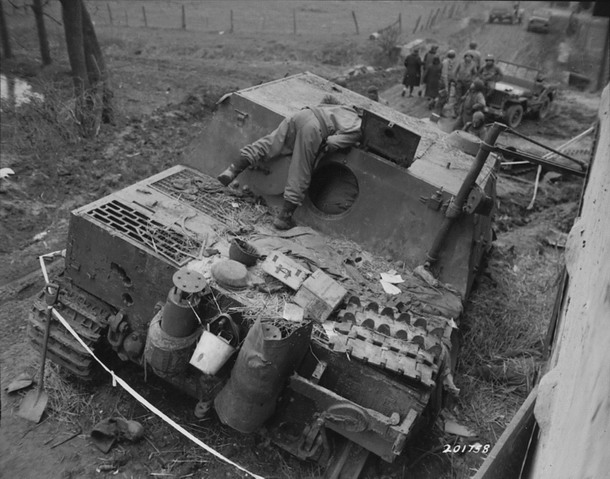
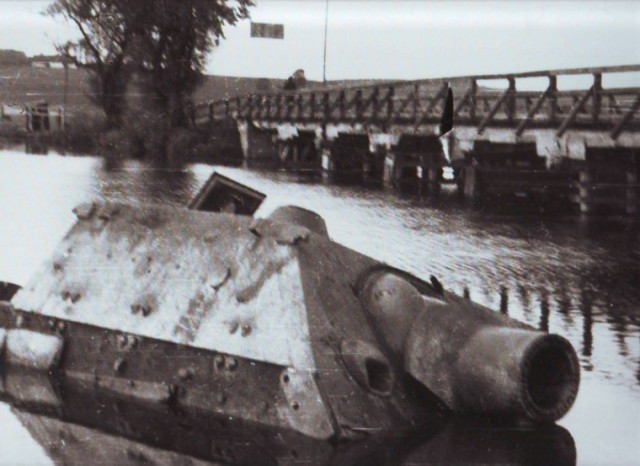
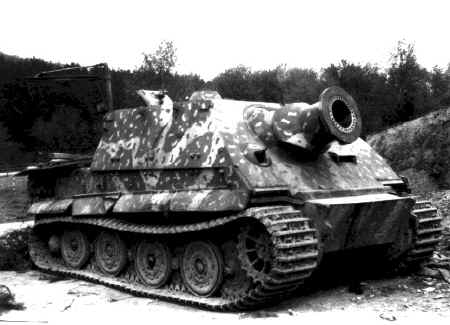
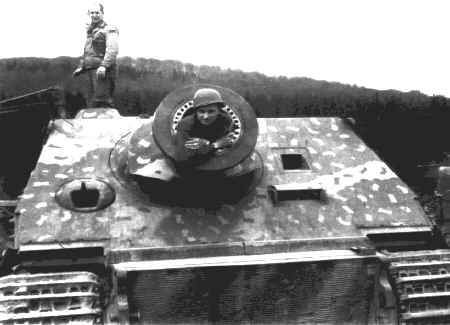
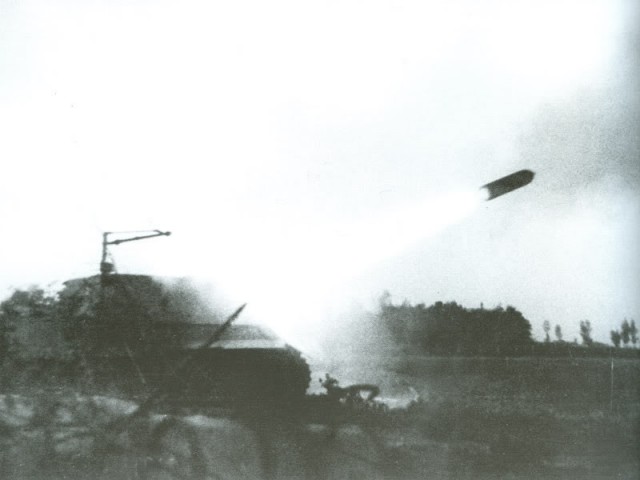
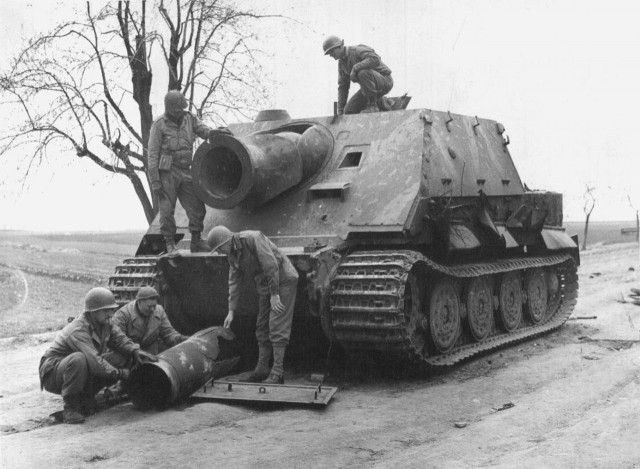
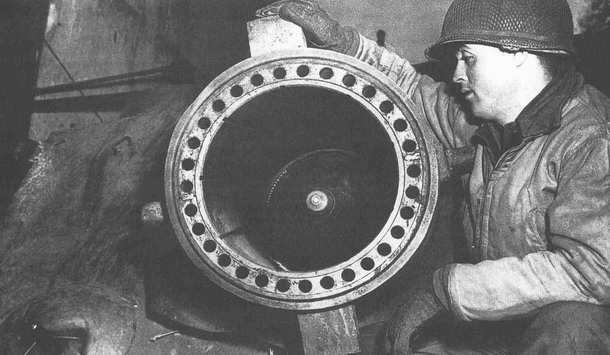
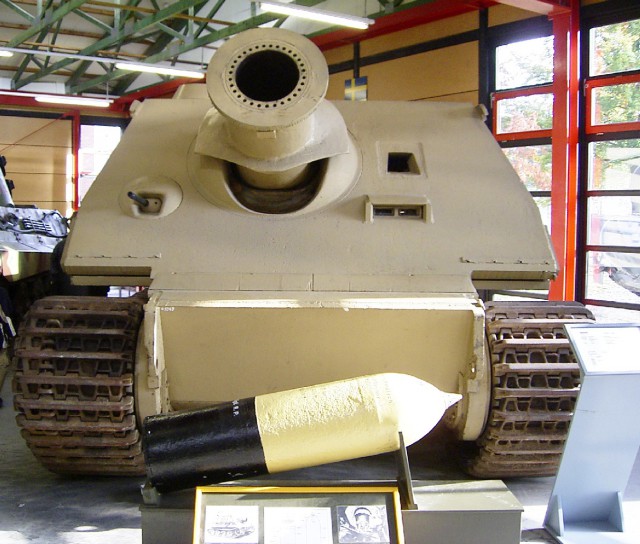
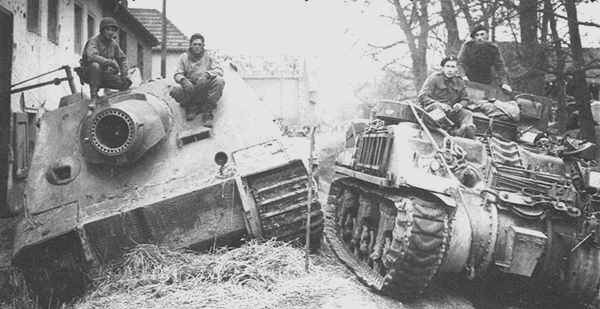
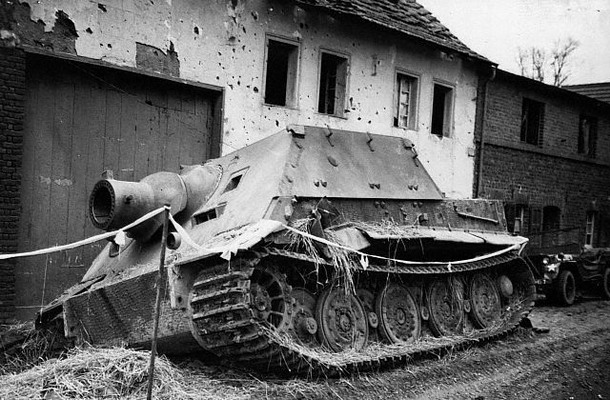
Video
With the final episode of the Inside the Tanks filmed at The Deutsches Panzermuseum – Munster, we bring you an armoured monstrosity – The Sturmtiger!
